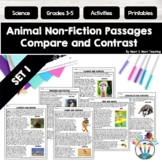42 results
Adult education astronomy laboratories
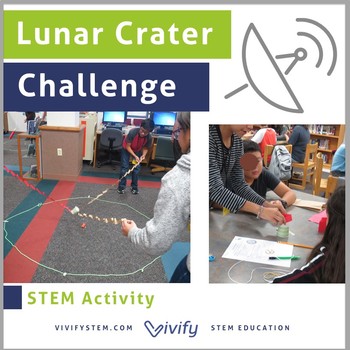
STEM Space Moon Crater Design Challenge (Engineering Design Process)
Can your team of astronauts work together to land a rover in the center of a crater on the Moon? This engaging STEM challenge is a fun way to incorporate the engineering design process into your classroom or afterschool program! Students use the engineering design process and explore the forces of motion to place a ball in a cup at the center of a 6 foot diameter circle without entering the circle. This challenge represents placing a NASA rover into the middle of the Apollo lunar crater for expl
Subjects:
Grades:
4th - 9th, Adult Education
Types:
NGSS:
3-5-ETS1-3
, 3-5-ETS1-1
, 3-5-ETS1-2
Also included in: Space STEM Starter Challenges MEGA Bundle: Middle School
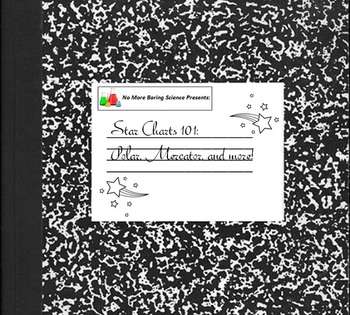
Astronomy/Earth Science Lab Series - Using Star Charts to find Constellations
New from No More Boring Science - How to use star charts! The focus of this lab is to help students gain confidence using star charts to find constellations. There are two activities in this lab: using a polar star chart map to find constellations on a blank section of the sky, and then translating constellations from a polar projection map to a mercator projection map. The first activity is more advanced than the second, but all maps and charts are included. Keys are included as well!
If you l
Subjects:
Grades:
7th - 12th, Higher Education, Adult Education
Types:

PhET Simulation Online Lab: Kepler's Laws
This PhET Kepler's Laws online physics lab will guide your students through an exploration of Kepler's three laws of planetary motion. First, they will learn about the characteristics of an ellipse. Next, by manipulating the variables and observing the real-time effects on planetary motion, students will investigate the elliptical orbits of planets and the relationship between orbital period, orbital speed, gravitational strength and the planet's distance from the sun. Students will collect and
Subjects:
Grades:
10th - 12th, Higher Education, Adult Education
Types:
Also included in: Growing Bundle: PhET Simulations Online Physics and Chemistry Labs

Asteroid Impact Interactive(Simulation) Lab
In Part I of this Interactive/Simulation Lab, Students create their own asteroid by adjusting the variables (Velocity, Diameter, Composition, etc.) and then choose where they want their asteroid to Impact. After impact, the interactive will display the damage data.In Part II, students will design asteroids with Solar System objects as targets.An answer key is provided (although, answers will vary according to students choices). Word and PDF files included. An extra credit section available at
Subjects:
Grades:
6th - 12th, Higher Education, Adult Education
Types:

Mars Launch Lab - Kepler's Laws - Orbits Virtual Simulation Lab
Mars Launch Lab - Kepler's Laws - Orbits Virtual Simulation Lab consists of three parts. In Part I, Students follow a short (40 second) video with guided notes/questions. After the quick video, students play a game-like simulation where they need to find the correct date to minimize the time to get to Mars.In Part II, students use another simulation and adjust the orbital radius of a satellite to see the changes in Kinetic energy, orbital velocity, and time.In Part III, students use a third s
Subjects:
Grades:
7th - 12th, Higher Education, Adult Education
Types:
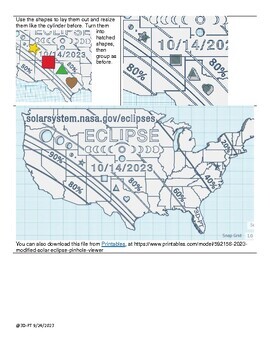
Shape the Eclipse Lab: Craft Your Pinhole Viewer with TinkerCAD!
On Oct.24, 2024 their will be an annular solar eclipse that will be viewable over the continental US! NASA released a 3D printable pinhole viewer for the USA. But they also released an activity to see if the size and shape of the pinhole affects the shape of the eclipse! In just a few steps, students can design and create their pinhole viewers, making this lab the ideal hands-on activity to witness this celestial event safely.Key Highlights: Solar Eclipse Ready: Prepare for the solar eclipse and
Grades:
6th - 12th, Higher Education, Adult Education
Types:
CCSS:
NGSS:
HS-ESS1-6
, HS-ESS1-4
, HS-ESS1-1

Why You Can't See Stars in A City Interactive Virtual Simulation Activity Lab
This Interactive Virtual Activity (or Lab) uses three simulations. Students see how adding artificial light (Light Pollution) makes it difficult to see the night sky. The activity includes step by step instructions with visual snip cues, making it accessible for all kinds of learners. Besides answering questions throughout the activity, students aer asked to graph the data accumulated and draw conclusions. This activity would be a great addition to any astronomy mini-lesson. Included are .
Subjects:
Grades:
5th - 12th, Higher Education, Adult Education

The Doppler Shift
The students examine the Doppler Shift in the Universe, by coloring and labeling emission spectra from several galaxies and comparing them to a standard. They discover several Galaxies are moving away from the Earth, causing the "Red Shift", while one is moving towards the Earth, creating a "Blue Shift."It involves coloring, which most students love, and has straight forward questions regarding the Doppler Effect.Customer Tips: How to get TPT credit to use on future purchases:Go to your "My Purc
Subjects:
Grades:
8th - 12th, Higher Education, Adult Education
Types:
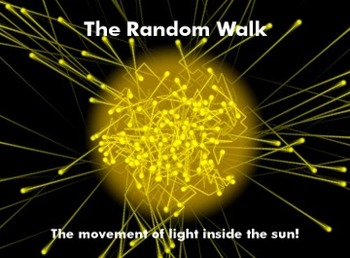
Astronomy/Earth Science Lab Activity - The Random Walk of Photons in a Star.
New from No More Boring Science - The core of the sun is a ball of superheated plasma that produces millions of watts of energy. Some of this energy is in the form of light. But, that light just doesn't stream to the surface, flying across space to shine down on us. No, things are more fascinating and complicated. It takes, on average, 16 million years for a photon of light to escape the sun and shine on us. Why? The Random Walk.
This lab helps model the random motion of photons of light as th
Subjects:
Grades:
7th - 12th, Higher Education, Adult Education
Types:
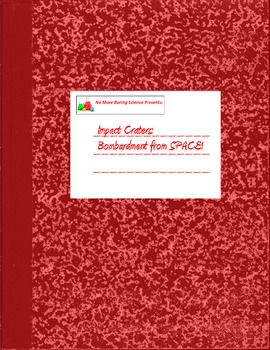
Astronomy/Earth Science Lab Activity - Impact Craters
New from No More Boring Science - Ever wondered how meteor craters are made? Trying to explain how the dinosaurs died? Wanting to find a cool way to engage your students with asteroids and comets? Look no further!
This lab activity is designed to show students not only how impact craters are made, but how the mass of the object affects the crater size. In addition, varying the acceleration of the object changes how the craters appear. Included extensions also quantify the activity, allowing thi
Subjects:
Grades:
7th - 12th, Higher Education, Adult Education
Types:
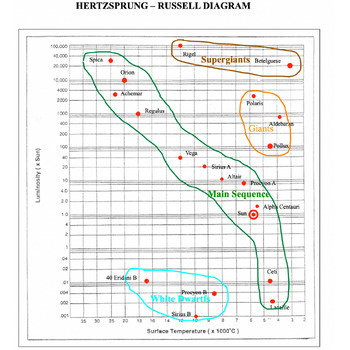
Plotting a HR Diagram
The students use a table of 20 Stars, that displays the Luminosity and Temperature of each star. The variables are plotted on a Hertzsprung - Russel template and show how stars may be grouped into The Main Sequence, Giants, Supergiants, and White Dwarfs. Several discussion questions help the students realize Stars may be grouped by these characteristics.It is a great introduction to the life cycle of stars and the nature of the universe.Customer Tips: How to get TPT credit to use on future purch
Subjects:
Grades:
6th - 12th, Higher Education, Adult Education
Types:
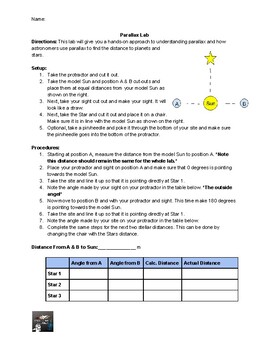
Stellar Parallax Lab
Stellar parallax is the apparent shift of position of any nearby star (or other object) against the background of distant objects. Astronomers can calculate this shift and by using trigonometry, they can calculate the distance to that object. This lab will have your students calculating the distance to a makeshift star by using parallax angles. This file has a detailed handout that outlines this lab, cut-outs, and a detailed teacher's manual. Enjoy!
Subjects:
Grades:
6th - 12th, Higher Education, Adult Education
Types:
NGSS:
HS-ESS1-4
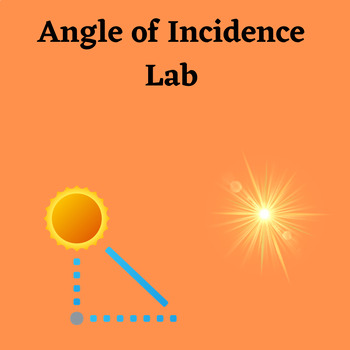
Angle of Incidence Lab
This Worksheet/Lab reviews many aspects of Earth Sun relationships by examining the Angle of Incidence of the Sun on the Equinoxes and the Solstices,It has been used in College level courses but would be appropriate for the more advanced High School Students.Customer Tips: How to get TPT credit to use on future purchases:Go to your "My Purchases" page. Beside each purchase, you will see a "Provide Feedback" button. On your "My Purchases" page, you will see a list of products you have purchased a
Subjects:
Grades:
11th - 12th, Higher Education, Adult Education
Types:

Investigating the Force of Gravity - Online PhET Virtual Lab
This immersive lesson for high school teachers allows students to explore the force of gravity and its influencing factors using the PhET Gravity and Orbits Simulator. Through captivating virtual experiments, students will discover how mass and distance affect gravitational force. They will analyze data, interpret graphs, and engage in thought-provoking discussions to deepen their understanding. This lesson fosters critical thinking skills while providing comprehensive teacher resources f
Subjects:
Grades:
7th - 12th, Adult Education
NGSS:
HS-ESS1-4
, HS-ESS1-2
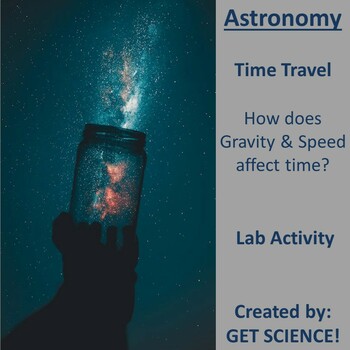
Time Travel and Relativity Made Simple
This lab activity teaches students how time is relative!General Relativity may be a difficult concept but this lab breaks it down and makes it simple!Using Relativity students will see how time is affected by speed and gravity. This challenging concept is broken down into simple steps for all students to be successful. Students will analyze a Time Dilation graph and complete math problems showing how we age differently when traveling at different speeds.This will give students a new appreciati
Subjects:
Grades:
8th - 12th, Higher Education, Adult Education
Types:
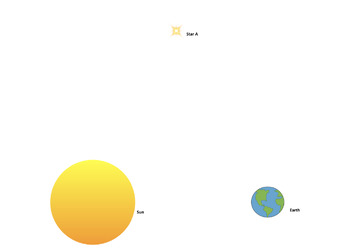
Stellar Parallax Activity - CUSTOMIZABLE
Includes 3 customizable documents. Students can work individually or in small groups to practice and apply skills real astronomers use to calculate distances between Earth and stars in space. All supplies with the exception of a ruler or straight edge are included. A simple breakdown for the math calculations is included with step-by-step instructions! The activity concludes with follow up questions. Everything can be customized!
Subjects:
Grades:
9th - 12th, Higher Education, Adult Education
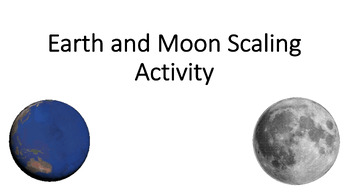
Astronomy Earth and Moon Scaling Activity Math Practice Lesson Bundle
Great first day activity for an Astronomy class. Or an opening activity for the Astronomy unit of an Honors Earth Science class. Students have to use some math and deductive skills to build a scale model of Earth and the Moon.Materials needed:Spheres of various shapes (golf balls, tennis balls, softballs, marbles, etc) - enough for each group to have 2 different spheresMeasuring Tape or Meter SticksString (for measuring circumference)CalculatorsStudents will review ratios, circumference and volu
Subjects:
Grades:
7th - 12th, Higher Education, Adult Education
Types:
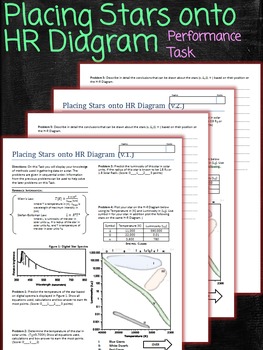
Placing Stars onto H-R Diagram Performance Task
On this task students will display your knowledge of methods used in gathering data on a star. The problems are given in sequential order. Information from the previous problems can be used to help solve the later problems on this task. Students will read infromation from a spectra of a star. Calculate temperature using Weins Law. Calculate the luminosity using Stefan-Boltzman Law and finally place the star on the Hertzsprung-Russel Diagram. Math CC.6.EE Apply and extend previous understandings
Subjects:
Grades:
9th - 12th, Higher Education, Adult Education
Types:

Solar System Virtual Exploration Lab
This activity is completed while students explore the "Solar System Scope" website - free link provided with activity. The website enables students to manipulate the solar system and view real-time planet placement and constellation locations. Students must explore the Sun, all planets (excluding Earth), and the dwarf planets in order to answer the activity questions. Can be completed individually or in cooperative groups. Students have a blast with this site and this activity keeps them focused
Subjects:
Grades:
7th - 12th, Adult Education
Types:
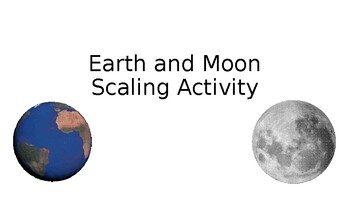
Astronomy Earth and Moon Scaling Activity Math Practice Slideshow
Great first day activity for an Astronomy class. Students have to use some math and deductive skills to build a scale model of Earth and the Moon. Materials needed: Spheres of various shapes (golf balls, tennis balls, softballs, marbles, etc) - enough for each group to have 2 different spheresMeasuring Tape or Meter SticksString (for measuring circumference)CalculatorsIMPORTANT: See the accompanying worksheet for the student handout. This is a slideshow with the activity instructions. Teacher sh
Subjects:
Grades:
7th - 12th, Higher Education, Adult Education
Types:
Also included in: Astronomy Earth and Moon Scaling Activity Math Practice Lesson Bundle
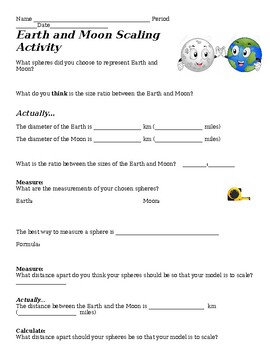
Astronom Earth and Moon Scaling Activity Math Practice Worksheet
Great first day activity for an Astronomy class. Students have to use some math and deductive skills to build a scale model of Earth and the Moon. Materials needed: Spheres of various shapes (golf balls, tennis balls, softballs, marbles, etc) - enough for each group to have 2 different spheresMeasuring Tape or Meter SticksString (for measuring circumference)CalculatorsIMPORTANT: See the accompanying slideshow for activity instructions. This is just the student handout.
Subjects:
Grades:
7th - 12th, Higher Education, Adult Education
Types:
Also included in: Astronomy Earth and Moon Scaling Activity Math Practice Lesson Bundle
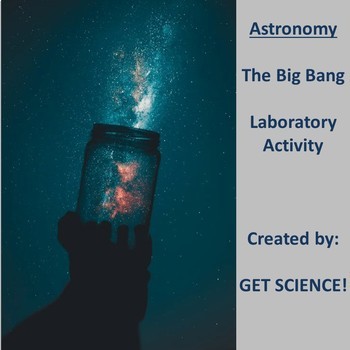
Big Bang Lab
This wonderfully simple lab will show students how the Big Bang happened. Using balloons and measuring points as the balloon inflates brings the concept to life. Students will collect and analyze data while also relating to the Doppler Shift and Red Shift.Materials: Balloons, string, ruler and pencil.Teacher Key included.Included is a YouTube Video that the students will watch to generate a follow up class discussion about the lab and related content.Educating the World Together!
Subjects:
Grades:
6th - 12th, Adult Education
Types:
CCSS:
Also included in: Astronomy Lab Bundle

Pizza Planet - Model Interiors of the Solar System!
In this assignment, students will construct a "pizza planet" where each slice is a different planet in the solar system. They use a scaling technique to determine where the crust/mantle/core would be if each planet to the same size, then color in each section with a key of compositions. As a class this is a great discussion starter as to what patterns exist amongst the different planets and why they're there!
Subjects:
Grades:
7th - 12th, Higher Education, Adult Education
NGSS:
HS-ESS2-3
, HS-ESS2-1
, MS-ESS1-3
, HS-ESS1-5
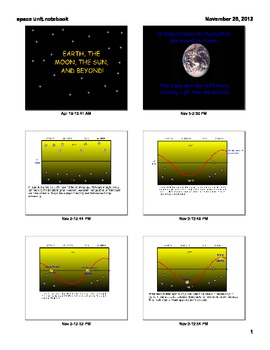
SMARTBOARD lesson on earth, the moon, and the solar system
This smartboard lesson showcases our solar system and how the sun is responsible for much of our lives. It includes the following:
Why do we have seasons?
Why do we have day and night?
What are equinoxes and solstices?
How does latitude affect seasons?
What are the planets?
What are the types of planets?
What planets have moons?
What are some facts about the planets?
Subjects:
Grades:
4th - 12th, Adult Education
Showing 1-24 of 42 results




